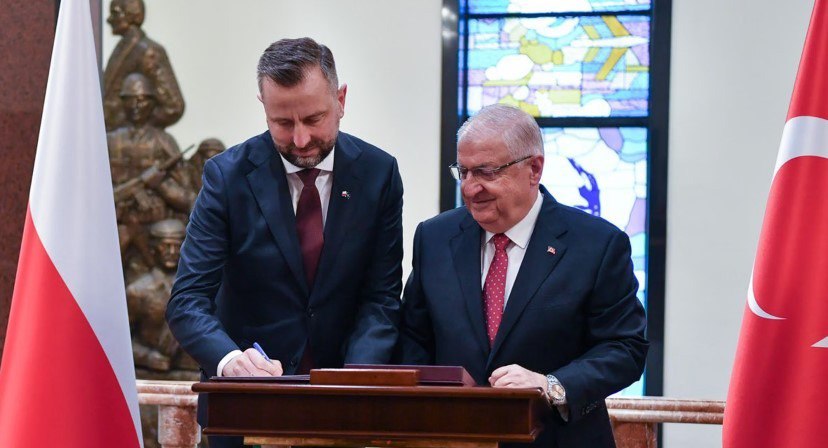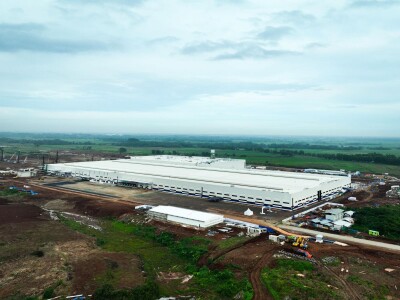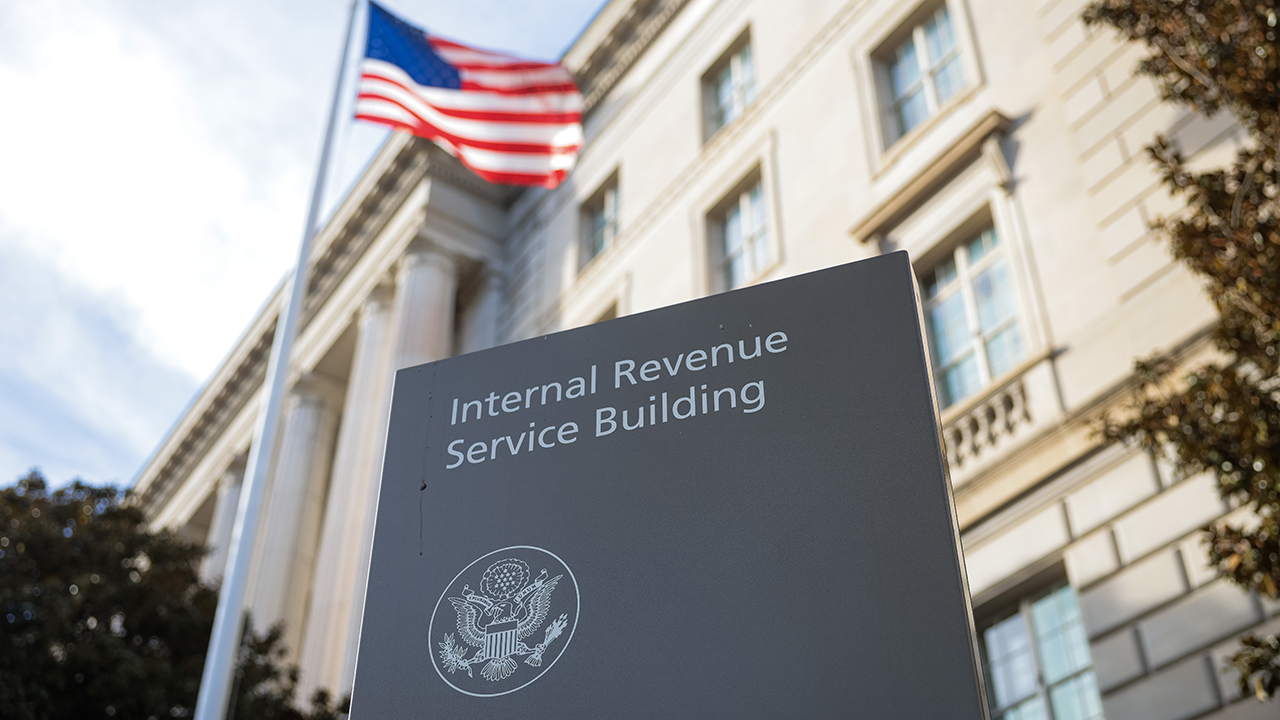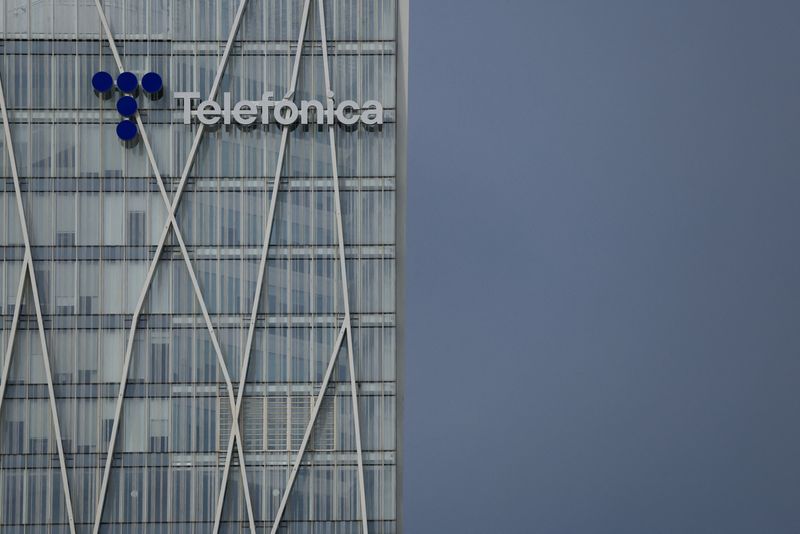How Mega Batteries Are Powering the Next Energy Revolution
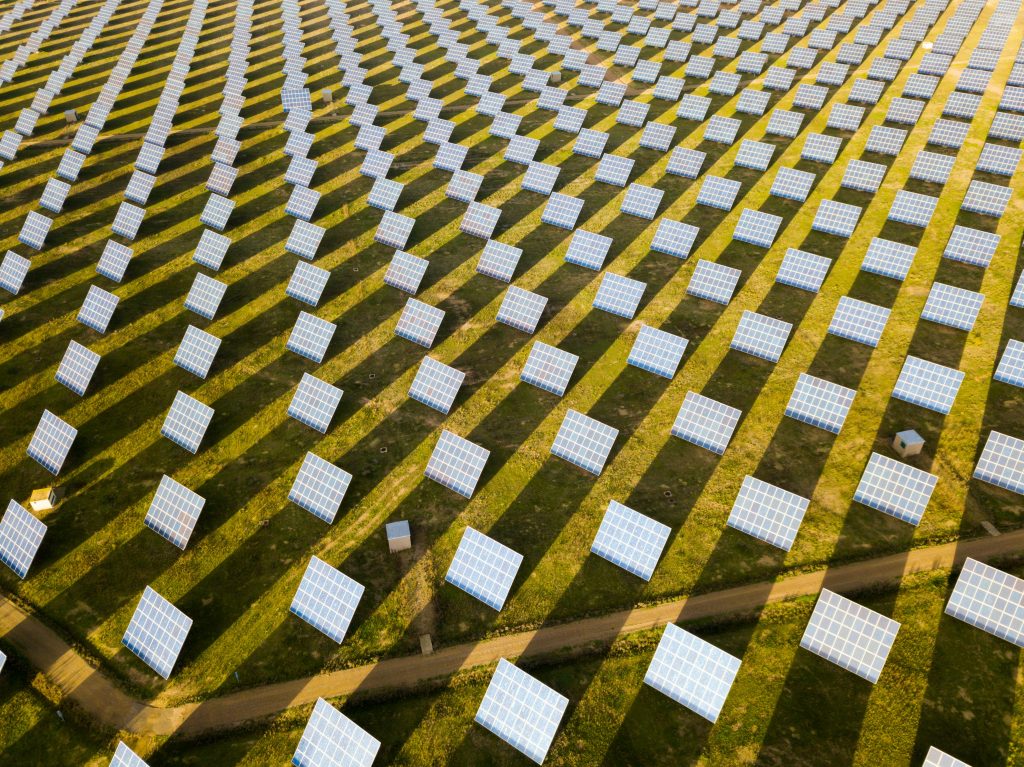

As grid-scale energy storage expands across Europe, batteries are fast becoming the backbone of a cleaner, more flexible power system — and the next big play for investors.
A quiet revolution beneath the grid
When wind farms overproduce or clouds sweep across solar fields, Europe’s lights now stay on thanks to a quiet force — mega batteries. Inside anonymous containers on industrial estates, vast energy storage systems are rebalancing electricity flows in seconds.
Once a niche technology, grid-scale batteries have become the hidden enablers of the energy transition. They smooth volatility, back up renewables, and turn unpredictable supply into dependable power.
For years, the economics looked impossible. But a mix of plunging technology costs, policy urgency, and volatile energy prices has tipped the balance. Battery storage is now moving from pilot project to essential infrastructure — and from climate play to serious asset class.
The battery boom across Europe
Europe’s storage landscape is expanding at extraordinary speed. Installed battery capacity has increased sixfold since 2020, led by the UK, Germany, Spain, and Italy. Analysts at BloombergNEF expect more than 130 gigawatt-hours (GWh) of capacity by 2030 — up from roughly 17 GWh today.
Behind those numbers is a profound market shift. Lithium-ion battery costs have fallen nearly 90% in a decade, while new chemistries such as sodium-ion and vanadium flow batteries promise safer, cheaper, and longer-duration storage.
“Batteries have become the bridge between intermittent renewables and stable power,” says a senior engineer at a European grid operator. “They’ve gone from experimental to indispensable.”
How storage is reshaping energy markets
The core appeal of batteries is flexibility. They store power when it’s cheap and abundant, then release it when it’s scarce or expensive. That makes them invaluable for stabilising grids — and profitable for operators who play the peaks and troughs of wholesale markets.
In Britain, battery systems already provide frequency response services faster than gas turbines, earning revenue for maintaining grid stability. In Spain and Italy, batteries are helping absorb excess solar energy at midday and return it to the grid after sunset — reducing curtailment and boosting renewable returns.
The business case is changing fast. Once reliant on subsidies, storage operators now earn through multiple revenue streams — energy arbitrage, capacity payments, grid balancing, and even carbon-credit markets.
“Battery storage today is what wind and solar were a decade ago,” says one London-based infrastructure investor. “The risk is lower, regulation is clearer, and capital is flooding in.”
Big money, big batteries
That capital is substantial. In the UK alone, projects worth more than £20 billion are in the development pipeline. Across Europe, infrastructure funds, utilities, and pension managers are treating batteries as long-term yield assets, akin to toll roads or transmission lines.
In Germany, developers are clustering storage projects near solar hubs in Bavaria and Baden-Württemberg, while Spain’s energy majors are coupling battery parks directly to solar farms to capture arbitrage value.
The arrival of private equity and institutional investors signals a new maturity. Storage is no longer viewed as a bet on technology but as a strategic hedge against volatile energy prices and policy shifts.
Beyond lithium: the next wave of storage tech
While lithium-ion dominates the market, the next phase will be more diversified. Sodium-ion batteries, using inexpensive and abundant materials, are gaining traction, especially for stationary applications.
Flow batteries, which store energy in liquid electrolytes, can deliver long-duration storage — key for smoothing multi-day fluctuations in renewable generation. Companies across Europe, from start-ups to industrial giants, are scaling production.
At the same time, sustainability pressures are reshaping the supply chain. The EU’s Battery Regulation, introduced in 2024, enforces traceability, carbon reporting, and mandatory recycling rates for all new batteries sold in the bloc. Recycling capacity and “second-life” projects for used EV batteries are expanding rapidly in Germany, France, and the Netherlands.
“The coming decade will be about chemistry diversification,” says a researcher at the Fraunhofer Institute. “Each technology will find its niche — from grid-scale stability to seasonal storage.”
Policy, grids, and growing pains
The race to install storage is not without friction. Across Europe, developers face multi-year grid connection delays, uneven market rules, and capacity-auction uncertainty. In some markets, connection queues already exceed 100 GW — several times current installed capacity.
Regulators are playing catch-up. The EU’s upcoming Electricity Market Reform Package aims to harmonise rules and give storage assets clearer access to capacity markets and ancillary-service revenues. National grids are also investing in digital control systems to handle the complex flow of distributed energy resources.
“The technology isn’t the bottleneck — the grid is,” says a policy adviser in Brussels. “We built our networks for one-way power flow. Batteries demand a two-way, data-driven grid.”
The global ripple effect
The energy storage surge isn’t confined to Europe. Saudi Arabia, the UAE, and Australia are building some of the world’s largest battery installations, combining energy security goals with ambitions to export clean technologies.
In Asia, China remains the world leader in battery production and deployment, while the U.S. Inflation Reduction Act has spurred a wave of American investment. Analysts expect global storage capacity to triple by 2030, effectively turning batteries into the new backbone of energy markets.
This global scale creates new industrial dynamics. As supply chains mature, Europe is seeking to reduce dependency on Asian imports, with EU-backed initiatives promoting local cell manufacturing and recycling. Energy independence, in the storage era, may depend less on fuel reserves and more on domestic manufacturing capability.
A shift in what “energy security” means
Mega batteries are quietly redefining what energy security looks like. In the past, it meant barrels of oil or cubic metres of gas. Today, it’s measured in megawatt-hours of flexible storage — the ability to shift electricity from when it’s produced to when it’s needed.
For renewable developers, batteries mean higher project yields and fewer curtailments. For consumers, they promise smoother prices and fewer outages. For investors, they represent a hedge against volatility — a physical asset that captures the spread between intermittent supply and stable demand.
As one energy economist puts it: “Storage is the safety valve of the energy transition. Without it, renewables stall. With it, they scale.”
The decade of storage
If the 2010s were the decade of renewables deployment, the 2020s are the decade of storage integration. Across Europe’s industrial parks, port cities, and countryside substations, the quiet hum of battery banks signals a new era in power.
Energy systems are being rebuilt not around fossil fuels, but around flexibility, responsiveness, and data-driven optimisation. The next generation of power grids will not just generate — they will think, store, and adapt.
The mega battery may not capture the public imagination like a wind turbine or a solar array. Yet it is the silent enabler of everything that follows — the invisible infrastructure of the energy revolution now unfolding.
The post How Mega Batteries Are Powering the Next Energy Revolution appeared first on European Business & Finance Magazine.


